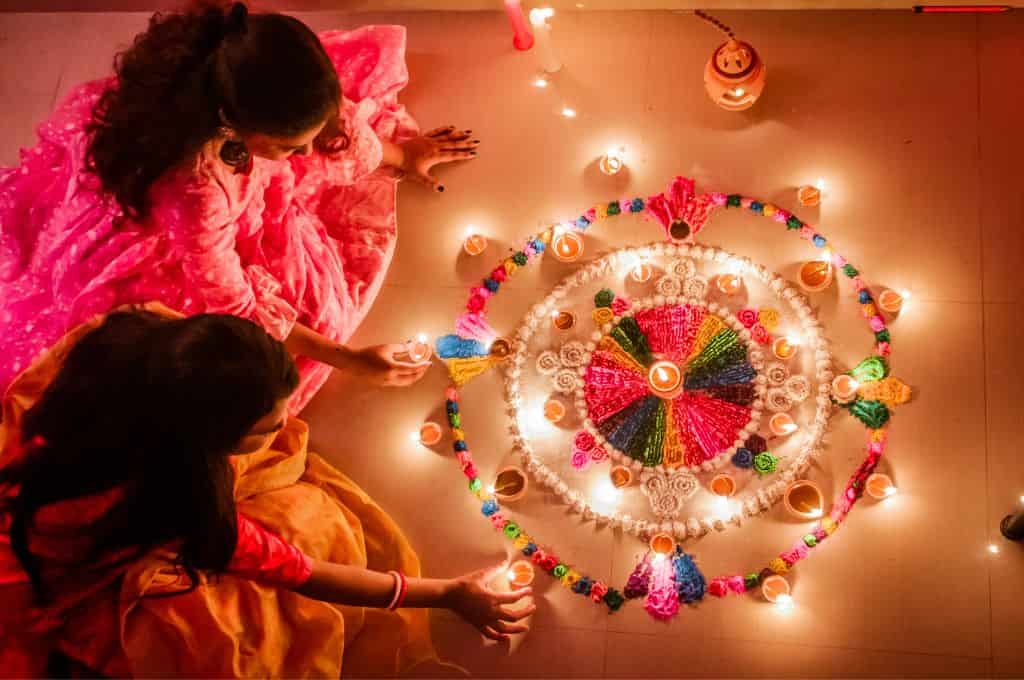As a multi-religious and multi-cultural country, Indians celebrate countless festivals all through the year. Every big and small occasion in India is a cause for festivities, whether it is the harvesting of the crop, the arrival of spring, or the triumph of good over evil. All major festivals are celebrated with great fanfare, featuring a wonderful blend of elaborate decoration, lively music, colorful attire, mouthwatering food, and quality time spent with loved ones. These occasions bring with them a wave of excitement that breaks the monotony of daily life and encourages family and community celebrations.
From the festival of lights to the festival of colors, each commemoration has its own essence, significance, and ritual. The majority of these festivals have a mythological story attached to them. These narratives are passed from one generation to the next so that generations to come understand and carry on the significance of celebrating these festivals.
People all over the world admire and love the passion with which Indians celebrate their festivals. However, there is a growing perception that Indian festivals aren’t the same as they used to be. The way we celebrate has changed; some rituals have been modified, while others have been abandoned. They are no longer enjoyed with the same enthusiasm as they were a decade ago. The true significance of the festivals has been lost as every facet has been commercialized. This makes me wonder, “Have Indian festivals lost their charm?” and “Are the festivals still relevant?”
Indian Festivals Losing Their Essence?
Regretfully, this is true to a large extent. Smaller families, a hectic lifestyle, rampant commercialization, increasing levels of globalization, the emergence of social media, and a shift in mindset have all contributed to a dip in the festive spirit. Shopping for gifts, gold, silver, and clothing is a thing of the past. With the proliferation of online shopping, families no longer go out together to buy gifts. In fact, you don’t have to wait for special occasions to wear new clothes and devour exclusive meals. In this day and age of instant gratification, people make year-round purchases. Things we used to get only during Diwali are now easily accessible and available 365 days a year.
The explosion of social media has been the most significant catalyst. The younger generation is now glued to their laptops, tablets, and smartphones. Instead of observing the festivals, they prefer…
Click Here to Read the Full Original Article at Take Off With Me…
